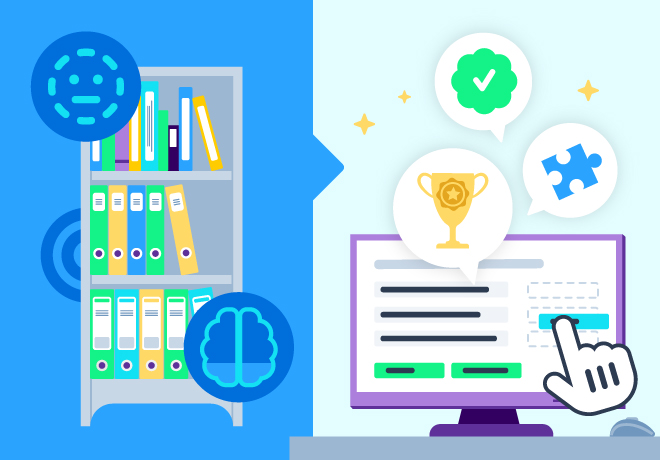
When to Outsource: Strategic Timing for Custom Instructional Design Services

Related articles
Get valuable eLearning insights to your inbox.
Listen to Neovation’s Demystifying eLearning podcast generated with NotebookLM!
Listen to our podcast on your favorite platform!
Your corporate training isn't hitting the mark, your internal team is stretched thin, and learner engagement is low. How do you know when it's time to consider instructional design outsourcing?
This is where custom instructional design services come in. It's not just about creating content; it's a systematic process of developing scientifically-proven, effective learning experiences tailored to your organization's specific needs.
Deciding to partner with an external firm for instructional design outsourcing isn't an admission of failure—it's a strategic move to gain a competitive advantage. This post will explore the key signals that indicate it's the right time to leverage outsourced instructional design and ensure your training investments deliver real, sustainable results.
What is Instructional Design and Why Does It Matter?
Instructional design is the architecture for learning—a systematic practice of creating learning experiences that are scientifically proven to be effective and efficient. For corporate training, the primary role of instructional design for corporate training is to transform complex, dense, or technical material from Subject Matter Experts (SMEs) into clear, engaging, and objective-driven content.
To accomplish this, instructional design performs several core functions:
- Applying research-backed adult learning principles to structure content in a way that respects how people actually learn.
- Ensuring all content is strategically aligned with measurable goals, so that every part of the training serves a distinct purpose.
- Creating dynamic and interactive experiences—using interactive course design principles and eLearning interactivities like simulations, branched scenarios, gamification, and other multimedia learning solutions—to enhance learner engagement, boost knowledge retention, and make learning an active process rather than a passive one.
By applying these systematic principles, instructional design creates corporate instructional design solutions that boost knowledge retention, foster real behavioral change, improve on-the-job performance, and deliver a strong, measurable return on investment (ROI).
Key Signals: 7 Signs You Need Custom Instructional Design Services
Recognizing when to move beyond internal efforts is a key strategic decision that can redefine your training's impact and effectiveness. The following seven signals provide clear indicators that your organization is ready for the specialized expertise of a custom instructional design partner.
Signal 1: Your team lacks specialized expertise
Your Subject Matter Experts (SMEs) are masters of their content, but that doesn't automatically make them experts in adult learning theory, curriculum development services, or interactive course design.
If your training relies solely on SMEs, you may be delivering dense, unengaging content that fails to transfer knowledge effectively. Outsourcing gives you immediate access to a complete, multidisciplinary team—including:
- Certified instructional designers
- eLearning developers
- Graphic designers
- Project managers
- Quality assurance analysts

These specialists can help your team bridge the gap between complex information and impactful learning.
Signal 2: You lack the internal bandwidth for custom training development
Even with a capable L&D team, their capacity is finite. When a critical new training project arises, it often means diverting key personnel from their primary responsibilities, leading to delays and compromised quality across the board.
Suppose your internal team is already stretched thin. In that case, an outsourced instructional design partner provides the dedicated resources to manage projects of any scale—from a single module to an enterprise-wide initiative—without disrupting your team's core duties or workflow.
Signal 3: You need to convert existing materials at scale
Your organization likely has a library of valuable but static content: Instructor-Led Training (ILT) presentations, recorded webinars, dense policy documents, or software walkthroughs. Transforming these materials into interactive eLearning courses is a specialized task that requires significant time and effort.
Firms specializing in eLearning development services have streamlined processes to efficiently convert this content, enriching it with features like scenarios, simulations, and gamification to improve retention and engagement.
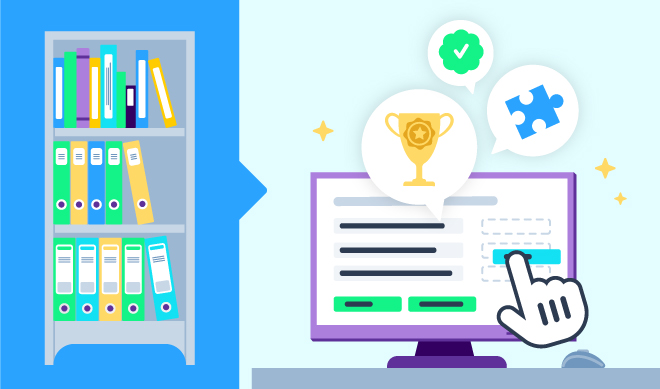
Signal 4: You're facing a large-scale or complex initiative
When a training initiative involves thousands of employees across different regions or requires multilingual support for a global workforce, the complexity can overwhelm an in-house team.
This is where experienced instructional design firms excel. Outsourced partners have proven processes and the infrastructure to deliver consistent, high-quality, and scalable training for enterprise-wide rollouts, ensuring every learner receives the same effective experience, regardless of location or language.
Signal 5: You must meet strict compliance or accessibility standards
Many industries require training that meets strict regulatory standards, and modern workplaces demand digital content that is accessible to all employees.
If your courses must be fully compliant with industry regulations or meet accessibility standards like the Web Content Accessibility Guidelines (WCAG) 2.0 AA, specialized expertise from professional instructional design services is non-negotiable. Outsourced instructional designers ensure all technical and legal requirements are met, from synchronized closed captions and full keyboard navigation to proper color contrasts and alt text for visuals.
Signal 6: You have a tight deadline and a fixed budget
In today's fast-paced business environment, you can't afford project delays or cost overruns that derail your training goals.
Reputable instructional design firms operate on established, efficient project management processes, using detailed workback schedules, parallel processing, and transparent communication to keep projects on track. Their experience allows them to deliver high-quality, polished eLearning on time and on budget, maximizing value and ensuring your investment yields a positive return.
Signal 7: You need more than a course—you need a learning strategy
Sometimes the challenge isn't just creating a single course but building a cohesive and sustainable learning ecosystem. If your organization's needs go beyond content development to include training needs analysis services, curriculum development services, or even LMS setup and integration services, you need strategic oversight.

Outsourcing provides access to high-level instructional design consulting that can help you architect a long-term learning program aligned with your core business goals, ensuring your training initiatives are effective, scalable, and built for the future.
What to Expect: Working with a Custom Instructional Design Service
Partnering with a custom instructional design service is a structured, collaborative process. While every project is unique, the journey follows a clear path from initial concept to final delivery.
- Consultation and scoping: The process begins with a discovery call to define your training goals, target audience, and project scope, often as part of training needs analysis services. This initial consultation is crucial for ensuring the final learning solution is strategically aligned with your core business objectives from day one.
- Collaborative design: This is the architectural phase where your goals are translated into a strategic learning blueprint:
- Instructional designers work with your Subject Matter Experts (SMEs) to create a detailed storyboard that maps out the course narrative and learner interactions.
- Proven learning theories are applied to the blueprint to optimize the design for engagement and knowledge retention.
- Development and quality assurance: During this phase, the blueprint is brought to life and polished for delivery:
- Developers and designers construct the course, incorporating interactive elements and custom graphics that reflect your brand.
- The course undergoes comprehensive testing for functionality, cross-platform compatibility, and accessibility.
- Delivery and support: The final course files are delivered for your Learning Management System (LMS). The partnership often includes options for ongoing support and LMS setup and integration services to keep content relevant, ensuring your investment is a scalable solution that can grow with your organization.
Making the Strategic Choice for Better Training
The signals we've discussed—from a lack of internal expertise to the need for scalable, compliant solutions—are not just signs of a challenge; they are indicators that it's time to be proactive about your organization's learning and development needs.
Ultimately, viewing instructional design outsourcing as a strategic investment is key. It is an investment in quality, efficiency, and effectiveness, leveraging proven learning science to create impactful experiences.
If these signals resonate with your current situation, take a moment to evaluate your training challenges. To explore how custom instructional design services can help you achieve your goals, we invite you to connect with our team for a consultation today.

Alex is an experienced writer and marketer with an interest in all things education. With a background in literary theory, technical writing, and document design, he is interested in how learners make meaning from language and how to create meaningful connections through writing.
Become part of our L&D community
We publish a new learning hub article — full of useful, practical topics — weekly.
Not sure where where you want to start? Jump into one of our recently published articles and see where it takes you!




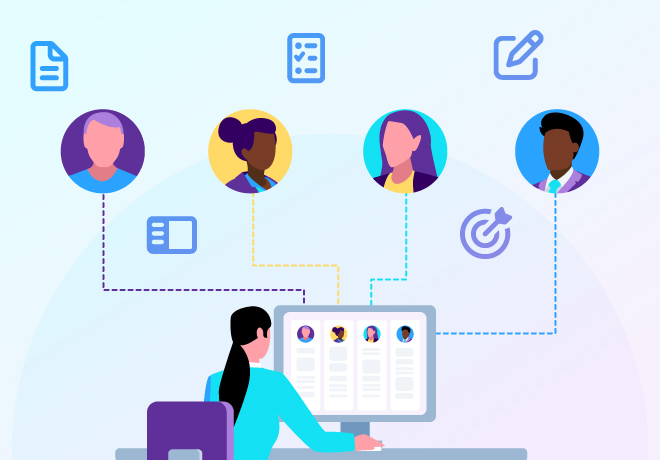
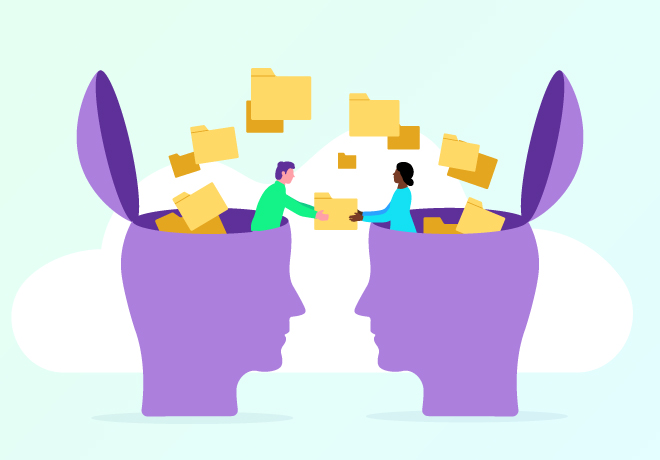
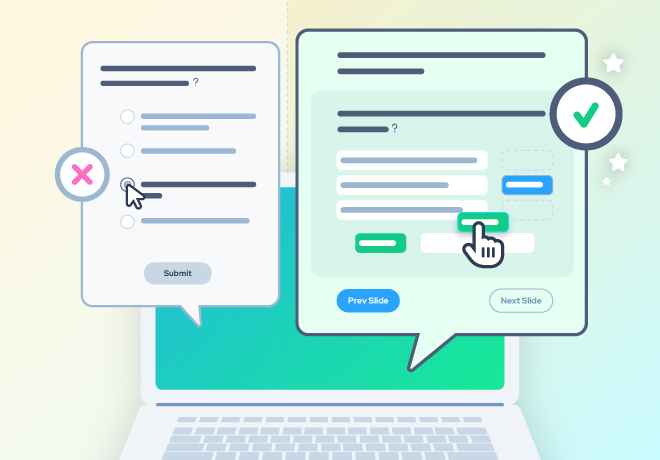
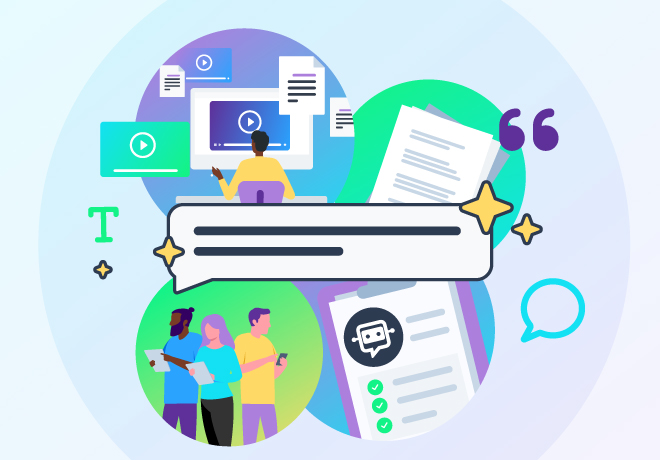
-svg.svg)
-svg.svg)
-svg.svg)
-svg.svg)